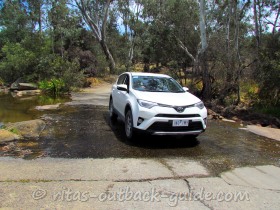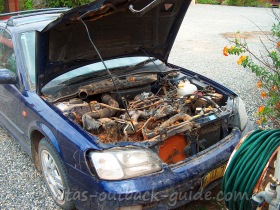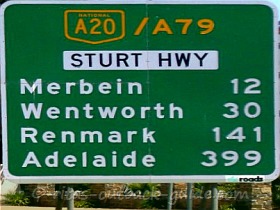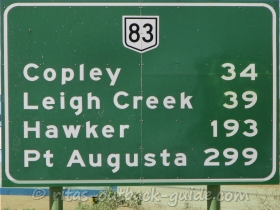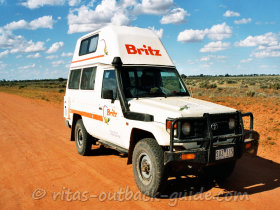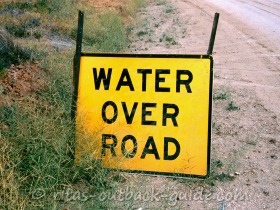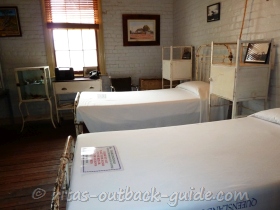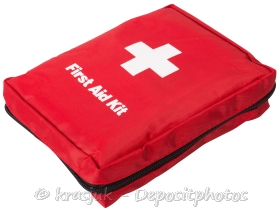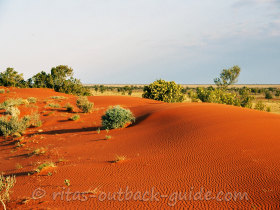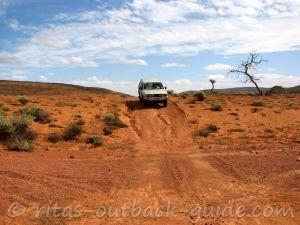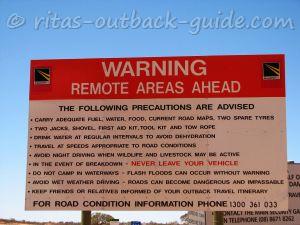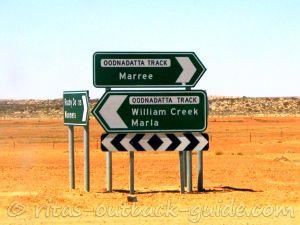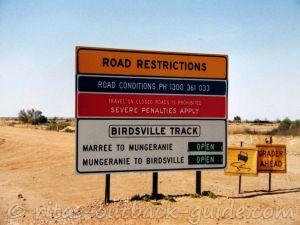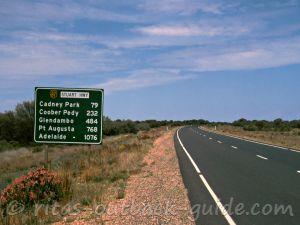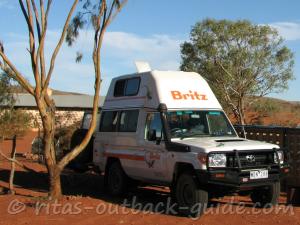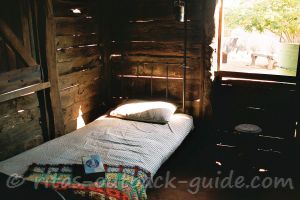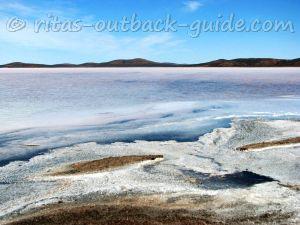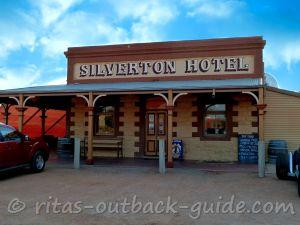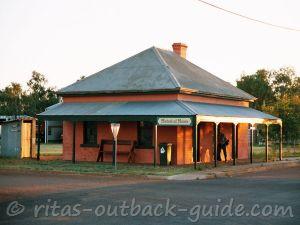Prepare your car
What car to take for your trip to Outback Australia?
To prepare your car properly for a trip to the Australia Outback is an essential part of Outback safety. Having a well-prepared vehicle is more important than the question "what car to take".
Most tracks described in the Eastern Outback guide can be done with a
sturdy conventional vehicle with good ground clearance, provided that
the weather is dry.
When you take your own car, remember, a modern sports car with fancy
electronics is not of much use if it really gets rough out there. Sand
and dust creep in everywhere, gravel and stones might damage the bottom
of your car.
The best choice is a car type that Outback folks drive. That increases
the chance that you get spare parts when the need arises, even if you
are in really remote areas.
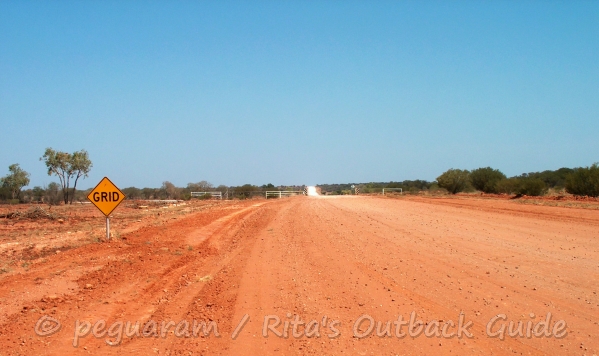 Typical Outback Dirt Road
Typical Outback Dirt Road
If you are going to hire a vehicle, you might need a
four-wheel-drive (4WD) when you want to drive on unsealed roads. Most,
if not all car hire companies don't allow you to drive on unsealed roads
with a conventional car, SUV or camp mobile. Yes, even AWD SUV can't be taken on all off-road tracks. To be on the safe side, ask before you hire a vehicle.
Besides, a 4WD always gives you the freedom to take a rough
sidetrack to see a scenic highlight. It is also much more convenient in a
4WD - higher ground clearance and thick mud flaps decrease the noise of
stones crackling on the floor section of the car. As proper 4WDs are
just more robust, you don't need to worry that your car is falling apart
on a rough track.
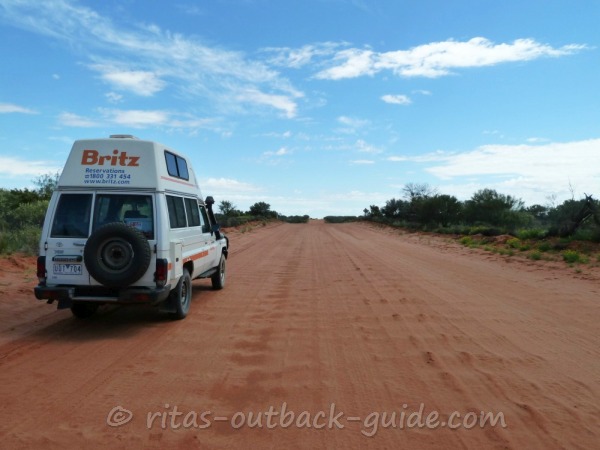 Bushcamper on an Outback road
Bushcamper on an Outback roadWhat to do to prepare your car?
- Be sure that your vehicle is in good technical condition.
Check the tyres and the spare tyre before you go. Don't forget the
manual. Take some essential spare parts and tools with you.
Even if you don't know how to use them, the friendly guy in the car passing by probably can help you if you have the right spare parts. - If you hire a car, check the tool kit. When
you're in doubt, ask in a garage for advice. You should carry a
high-jack, a wheel spanner and a ground plate (to adjust the high-jack
on soft ground) when you have to change a flat tyre.
- Other useful tools include insulating tape, lubricating spray, set of screwdrivers, shovel, some ring and open spanners, wire.
- Spare parts should include engine oil, fan
belt, set of hoses, radiator hoses, spare bulbs, spare fuses. We usually
go to a car dealer, buy the essentials, and arrange with them that we
can bring the spare parts back if we don't need them.
- If your car breaks down, don't be a fool and try to
walk somewhere to get help unless you know this help is just around the
corner. Perhaps you have to wait a few hours, or even a day, until
another car comes by. But if you have enough water you are safe.
- Don't panic! And never leave your car! People perished in the Australian Outback because they didn't obey this most important rule.
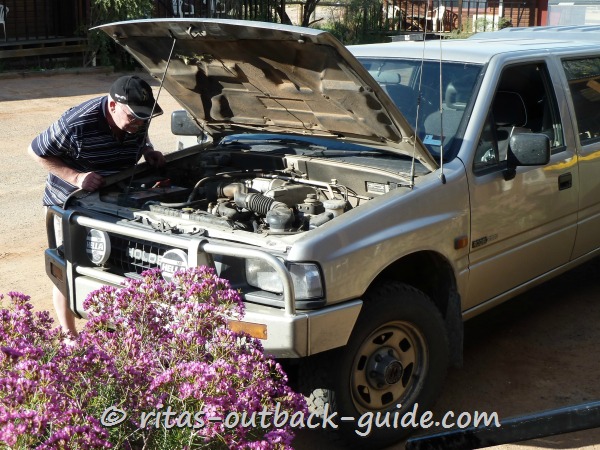 Checking what's wrong with the car
Checking what's wrong with the carWhat car to take?
Any robust car in perfect technical condition with reasonable ground clearance. That's the secret!
In my humble opinion, the Toyota bushcamper is a great vehicle
for Outback driving. It offers room for two people, has a gas stove,
kitchen sink, water tanks, a fridge, and much storage.
The two 90 l fuel tanks give you some freedom in remote areas, but it is
wise to re-fuel when you get the chance. The bushcamper has also a huge
water tank for the kitchen sink. We never count this when we calculate
the amount of drinking water we need, but it gives extra security.
The bushcamper makes Outback driving truly comfortable, as long as you
are fit enough to climb into the top bed :).
But this is just my opinion. There are many vehicles that can do the trip.
One more tip. If you're in a road service club in your home
country, take your membership ID with you, just in case you need a
towing service back of beyond. They might accept your home membership.
This can save you money.
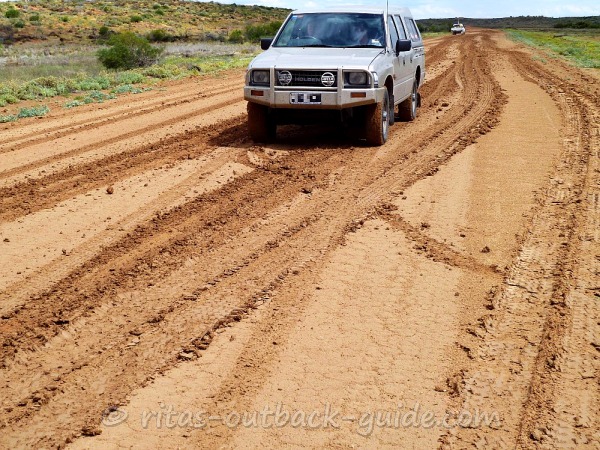 Slippery conditions - best handled with a 4WD
Slippery conditions - best handled with a 4WD
Please note: If you plan an expedition-like trip into remote and
rough areas, for example the Canning Stock Route, you certainly need to
do a bit more to prepare your car accordingly.
The tips on my website are designed for the easier routes in the
Outback. However, never underestimate the distances between supplies and
always carry plenty of water.
Have a safe trip.
Useful Tips for your Australian Outback adventure
- Home ›
- Outback Driving Tips ›
- Get your car ready
